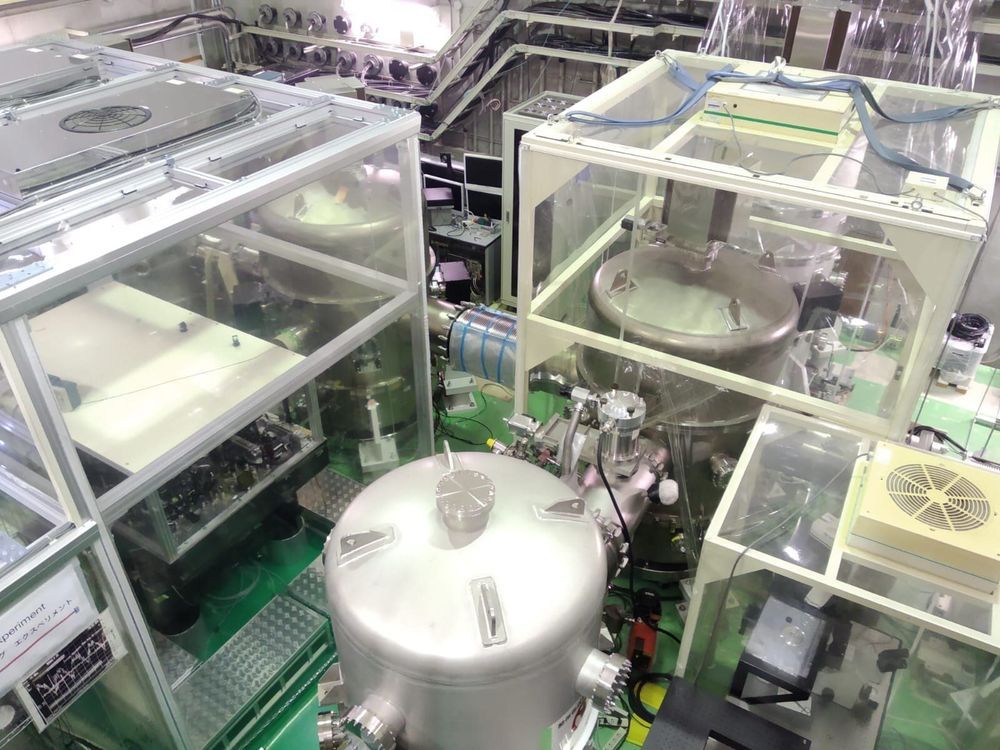Researchers at the National Astronomical Observatory of Japan (NAOJ) have used the infrastructure of the former TAMA300 gravitational wave detector in Mitaka, Tokyo, to demonstrate a new technique to reduce quantum noise in detectors. This new technique will increase the sensitivity of the detectors comprising a collaborative worldwide gravitational wave network, allowing them to observe fainter waves.
When it began observations in 2000, TAMA300 was one of the world’s first large-scale interferometric gravitational wave detectors. At that time TAMA300 had the highest sensitivity in the world, setting an upper limit on the strength of gravitational wave signals; but the first detection of actual gravitational waves was made 15 years later in 2015 by LIGO. Since then, detector technology has improved to the point that modern detectors are observing several signals per month. The scientific results obtained from these observations are already impressive, and many more are expected in the coming decades. TAMA300 is no longer participating in observations, but is still used as a testbed for new technologies to improve other detectors.
The sensitivity of current and future gravitational wave detectors is limited at almost all the frequencies by quantum noise caused by the effects of vacuum fluctuations of the electromagnetic fields. But even this inherent quantum noise can be sidestepped. It is possible to manipulate the vacuum fluctuations to redistribute the quantum uncertainties, decreasing one type of noise at the expense of increasing a different, less obstructive type of noise. This technique, known as vacuum squeezing, has already been implemented in gravitational wave detectors, greatly increasing their sensitivity to higher frequency gravitational waves. But the optomechanical interaction between the electromagnetic field and the mirrors of the detector causes the effect of vacuum squeezing to change depending on the frequency. So at low frequencies, vacuum squeezing increases the wrong type of noise, actually degrading sensitivity.
